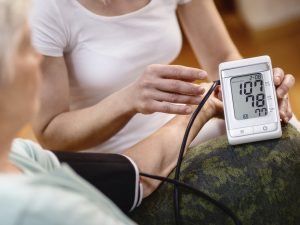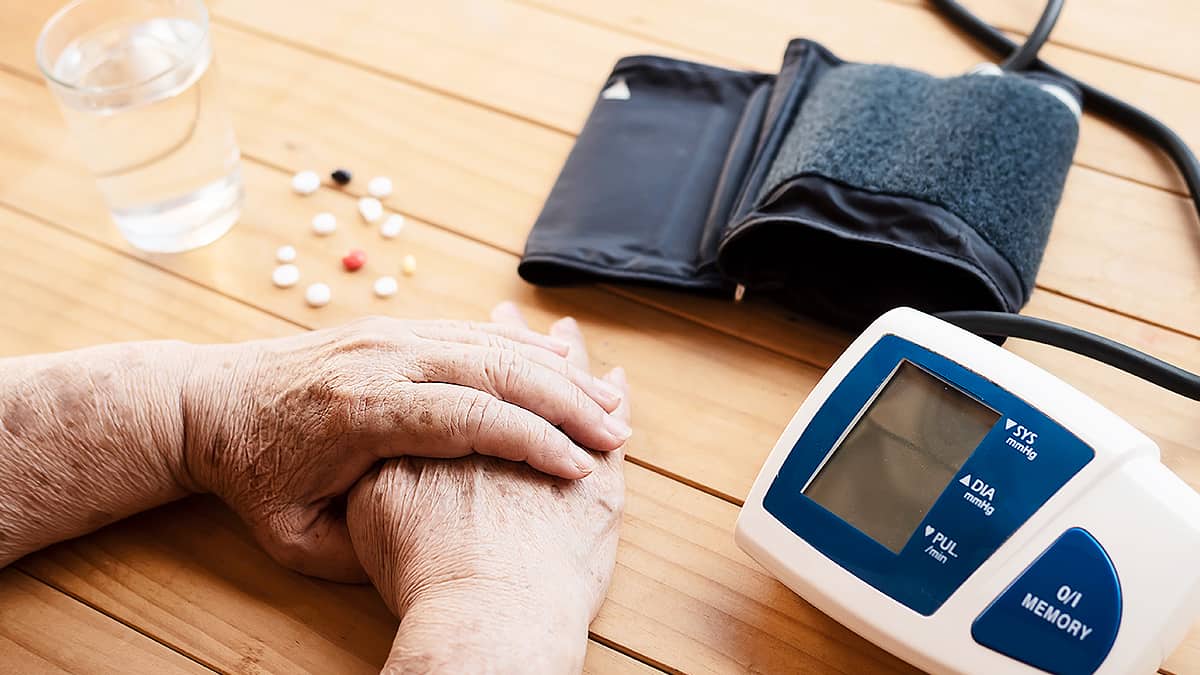Understanding Hypertension
Hypertension, commonly known as high blood pressure, is a prevalent health condition that affects millions worldwide. Often referred to as the “silent killer,” hypertension can lead to serious complications such as heart disease, stroke, and kidney failure if left unmanaged. Regular monitoring of blood pressure is crucial for early detection and effective management of hypertension.
The Importance of Home Blood Pressure Monitoring
While healthcare providers routinely measure blood pressure during office visits, monitoring blood pressure at home provides additional insights into an individual’s health status. Home monitoring allows for more frequent measurements and helps identify fluctuations in blood pressure throughout the day, providing valuable information for healthcare professionals to adjust treatment plans accordingly.

Steps for Home Blood Pressure Monitoring
1. Invest in a Reliable Blood Pressure Monitor
Selecting a high-quality blood pressure monitor is the first step in home monitoring. Choose a device that is validated for accuracy and approved by healthcare professionals. Options include automatic digital monitors with arm cuffs or wrist cuffs, which are easy to use and provide accurate readings.
2. Choose the Right Time and Conditions
For accurate results, it’s essential to measure blood pressure under optimal conditions. Choose a quiet environment and avoid distractions or interruptions during the measurement process. Ensure that you are in a comfortable seated position with your feet flat on the floor and your arm supported at heart level.
3. Rest and Relaxation
Before taking a blood pressure reading, allow yourself to rest and relax for at least five minutes. Avoid consuming caffeine, tobacco, or engaging in strenuous physical activity beforehand, as these factors can temporarily elevate blood pressure readings.

4. Proper Positioning
Position the blood pressure cuff on your bare upper arm or wrist according to the manufacturer’s instructions. Ensure a snug fit without constricting or pinching the skin. Align the cuff with the level of your heart for accurate measurements.
5. Take Multiple Readings
To obtain reliable results, it’s recommended to take multiple blood pressure readings at different times of the day, such as morning and evening, over several days or weeks. Record each reading along with the date and time to track changes over time and identify patterns. Explore About (Toenail Health)
6. Maintain a Blood Pressure Log
Keep a record of your blood pressure measurements in a dedicated log or journal. Note any relevant factors such as medication changes, lifestyle modifications, or symptoms experienced. This information can help you and your healthcare provider assess your blood pressure control and make informed decisions about treatment adjustments.
7. Follow Up with Your Healthcare Provider
Share your home blood pressure readings with your healthcare provider during follow-up appointments. Discuss any concerns or trends you’ve observed and collaborate on adjustments to your treatment plan as needed. Regular communication with your healthcare team is essential for managing hypertension effectively.
Key Points Table
| Steps | Description |
|---|---|
| Invest in a Reliable Monitor | Choose an accurate and validated blood pressure device |
| Choose the Right Time and Conditions | Measure blood pressure in a quiet, relaxed environment |
| Rest and Relaxation | Allow yourself to rest for at least five minutes before measurement |
| Proper Positioning | Ensure the cuff is positioned correctly at heart level |
| Take Multiple Readings | Record blood pressure readings at different times of the day |
| Maintain a Blood Pressure Log | Keep a log of measurements and relevant factors |
| Follow Up with Your Healthcare Provider | Share readings with your provider and discuss treatment adjustments |
Conclusion
In conclusion, home blood pressure monitoring is a valuable tool for managing hypertension and promoting cardiovascular health. By following these steps and maintaining regular communication with your healthcare provider, you can take control of your blood pressure and reduce the risk of complications associated with hypertension.




